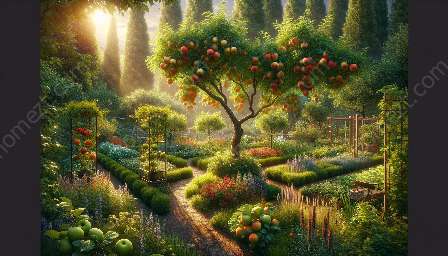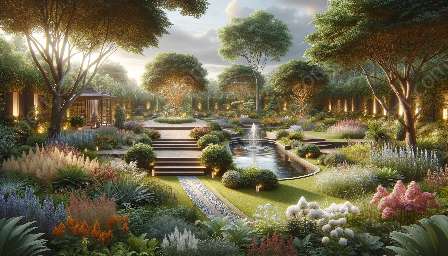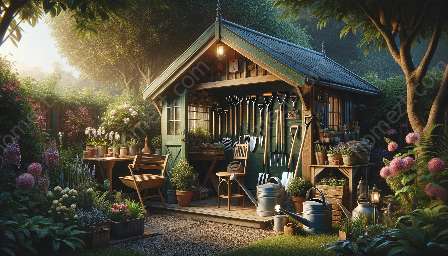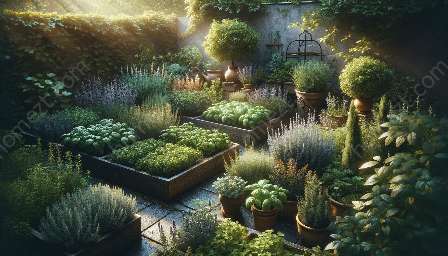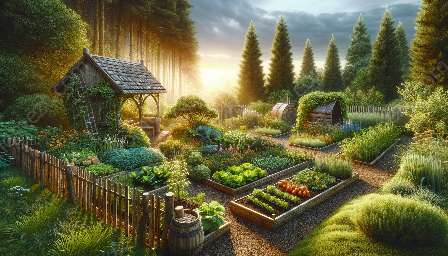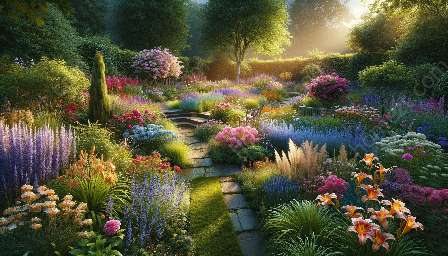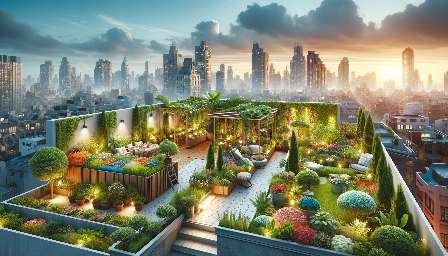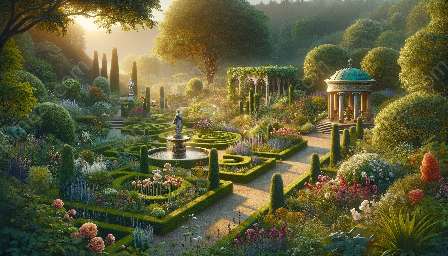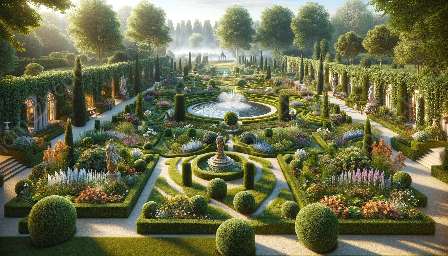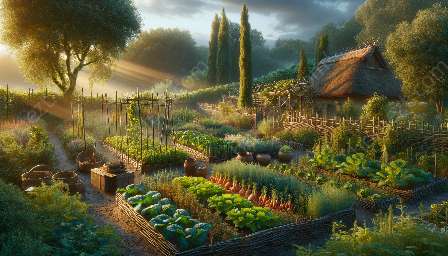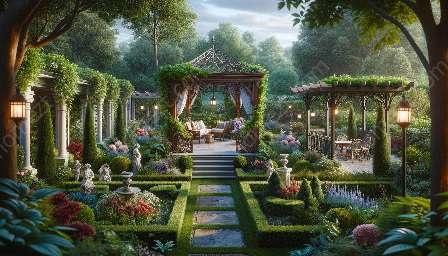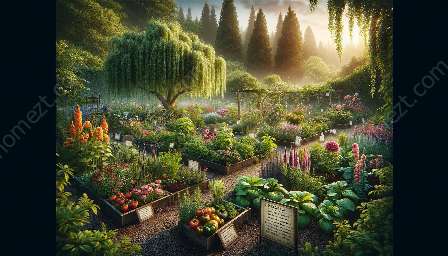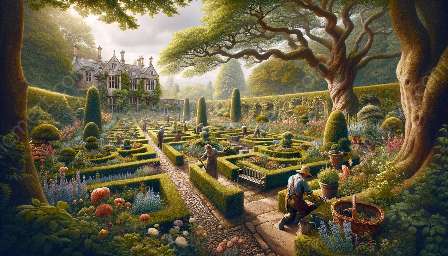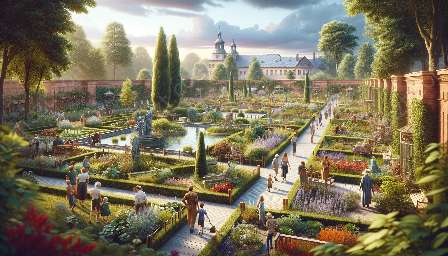Introduction
Heritage gardens bear the historical, cultural, and environmental significance of a particular region or community. Preserving these gardens while adapting them to modern contexts is a balance of honoring tradition and meeting contemporary needs. This topic cluster will explore in detail the adaptation of heritage gardens to modern contexts, focusing on techniques, challenges, and the significance of integrating heritage gardening practices into contemporary landscaping.
Understanding Heritage Gardening
Heritage gardening refers to the practice of preserving and cultivating gardens that hold historical or cultural value. It involves the preservation of traditional gardening techniques, endemic plant species, and the overall essence of a bygone era. Heritage gardens are not only a testament to history but also serve as living museums that encapsulate the lifestyle, agricultural practices, and architectural design of the past.
Key Elements of Heritage Gardening
In order to adapt heritage gardens to modern contexts, it's crucial to understand the essential elements that define heritage gardening. These elements include:
- Historical Significance: Heritage gardens often have historical tales associated with them, representing a specific era and its societal norms.
- Cultural Preservation: Preserving indigenous plant species, traditional gardening methods, and architectural styles that reflect the cultural heritage of a community or region.
- Community Engagement: Heritage gardens are often a focal point for community events, educational programs, and environmental initiatives, encouraging public involvement and appreciation of historical significance.
- Integration of Sustainable Practices: Implementing sustainable gardening techniques, water conservation, and environmentally friendly landscaping principles to modernize heritage gardens.
- Functional Design: Introducing design elements that enhance the practicality and usability of heritage gardens without compromising their historical integrity.
- Digital Documentation: Utilizing modern technology to document and digitally preserve the heritage gardens, offering virtual tours and educational resources.
- Preservation vs. Innovation: Balancing the need to preserve historical authenticity with the demand for innovative design and functionality.
- Financial Constraints: Limited resources for renovation and maintenance while ensuring the preservation of historical significance.
- Community Partnerships: Collaborating with local organizations, educational institutions, and landscape designers to garner support and resources for adapting heritage gardens.
- Grant Funding: Exploring grant opportunities and fundraising initiatives to finance the modernization and preservation of heritage gardens. Conclusion
Adaptation Techniques
Adapting heritage gardens to modern contexts requires a delicate balance of preserving the original essence while incorporating contemporary elements. Some effective techniques for successful adaptation include:
Challenges and Solutions
While adapting heritage gardens to modern contexts, certain challenges may arise, such as:
To address these challenges, innovative solutions include:
Adapting heritage gardens to modern contexts is a paramount endeavor that requires sensitivity to history, culture, and environmental sustainability. By embracing innovative approaches while valuing tradition, the adaptation process can ensure the continued relevance and appreciation of heritage gardens in contemporary landscapes.




